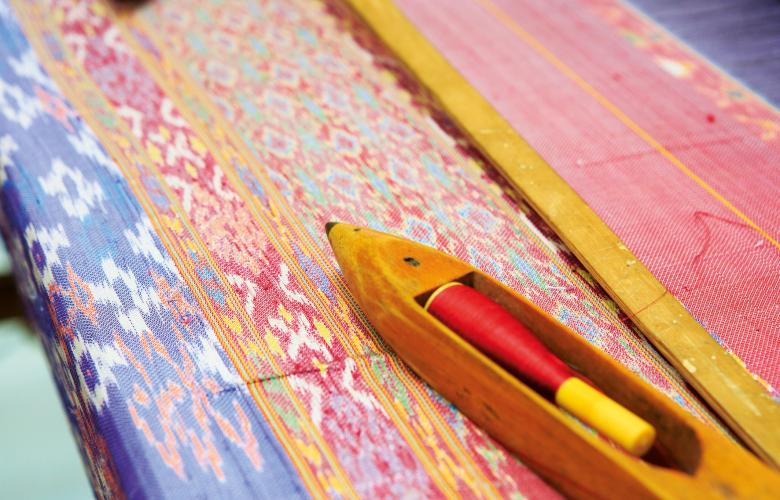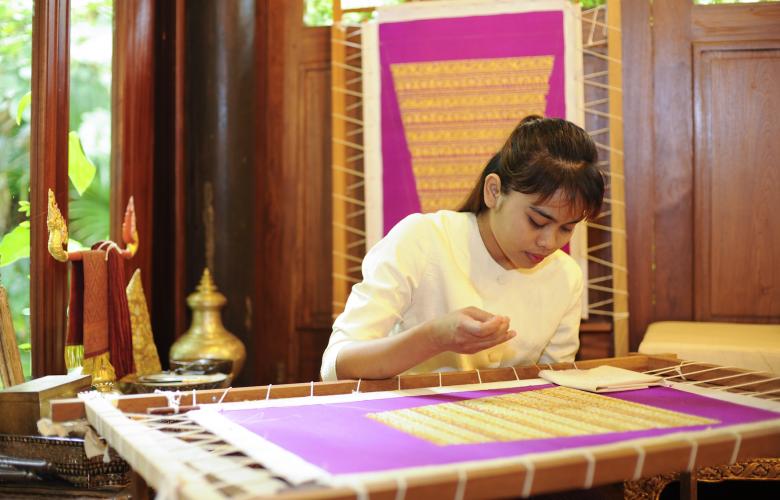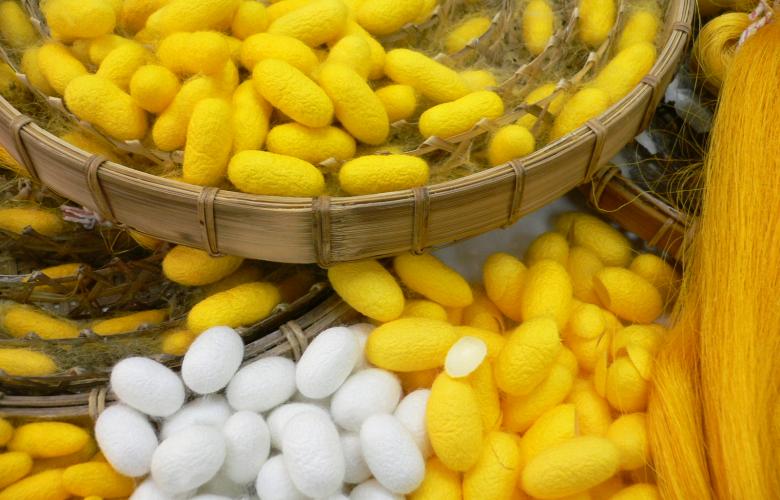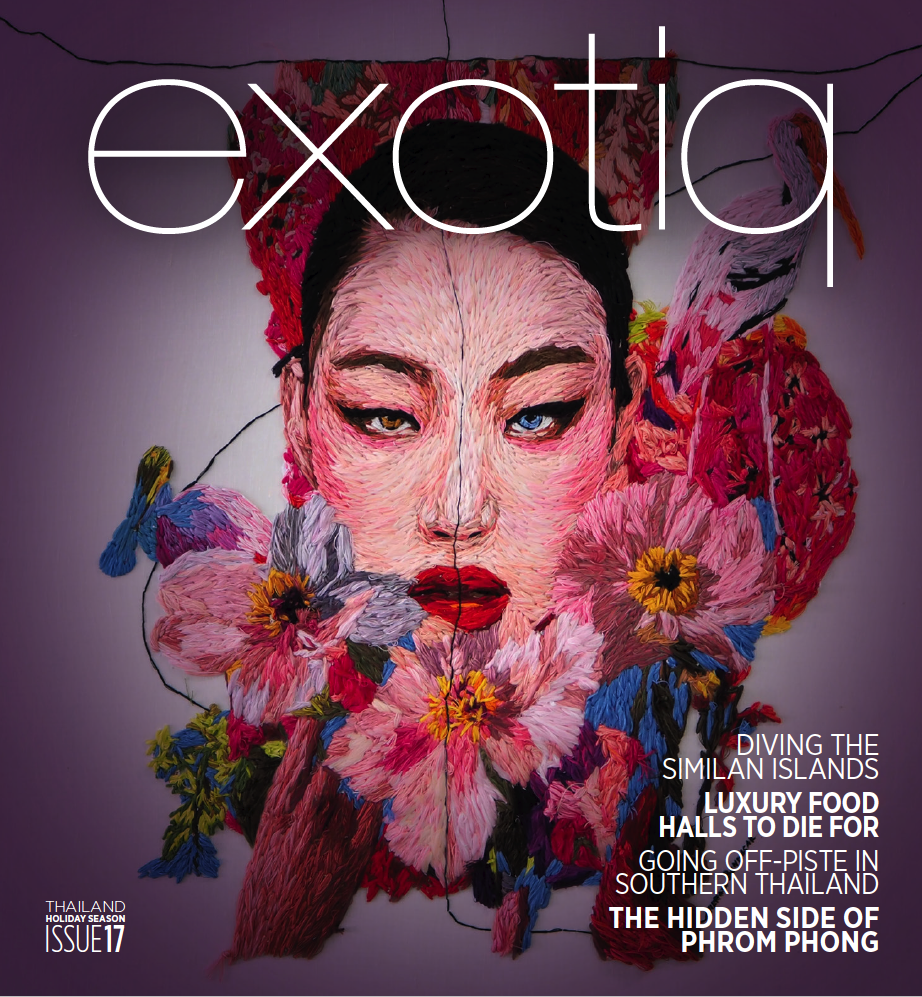- Bangkok
- Central Thailand
- Eastern Thailand
- Northeast Thailand
- Northern Thailand
- Southern Thailand
- Southern Thailand - Chumphon
- Southern Thailand - Krabi
- Southern Thailand - Phang Nga
- Southern Thailand - Phuket
- Central Island - Phuket
- Central West Coast - Phuket
- Bang Tao Beach - Phuket (Central West Coast)
- Emerald Bay - Phuket (Central West Coast)
- Kalim Beach - Phuket (Central West Coast)
- Kamala Beach - Phuket (Central West Coast)
- Laguna - Phuket (Central West Coast)
- Layan Beach - Phuket (Central West Coast)
- Patong Beach - Phuket (Central West Coast)
- Surin Beach - Phuket (Central West Coast)
- East Coast - Phuket
- North West Coast - Phuket
- Small Islands - Phuket
- South West Coast - Phuket
- Southern Coast - Phuket
- Southern Thailand - Satun
- Southern Thailand - Songkhla
- Southern Thailand - Surat Thani
Contact
Apr 9, 2019
Favoured by Thai royalty and high society thanks to the long-time devotion and support of Her Majesty Queen Sirikit in the reign of King Rama IX, Thai silk is unmistakably unique and instantly identifiable by its texture, traditional patterns and weight.
A Silky History
Said to have been discovered by a Chinese princess when a silkworm cocoon fell into her teacup, evidence of harvesting and producing silk dates back thousands of years. The secrets of its production spread from China to India, across Asia and eventually to Europe.
While Thai silk is now known around the world, this wasn’t always the case. Before the 1950s, the Thai silk industry was in serious decline and silk fabrics were actually being imported into the country from overseas. Its revival can be credited in large part to American architect and businessman, Jim Thompson – the “Father of Thai Silk”. Investing in rural weavers’ craftsmanship, silk farms and maintaining the traditional methods of weaving, Thompson brought the silk industry back to life while also introducing brightly coloured and bold-patterned fabrics that caught the attention of European and American fashion designers.
By the 1960s, Thai silk had become world-renowned and was being used in movie costumes and featured on the covers of fashion magazines.
ban_phon_phrae_wa_silk_weaving_group_kalasin.jpg

Tourism Authority of Thailand
Making of a Masterpiece
Thailand’s silk production is concentrated in the northeastern region of Korat. Here, silk moth caterpillars feed on mulberry leaves, creating either a relatively short yellow cocoon or a longer white cocoon depending on the species.
The cocoons are harvested and boiled to help unravel the single silk thread that makes up the cocoon. The threads are then treated, dyed and spun ready for weaving. While silk can be machinemanufactured and woven, the most coveted fabrics are still produced traditionally by hand from beginning to end, including woven by women on large wooden looms.
kalasin_ban_phon_phrae_wa_silk_weaving_group_img_3.jpg

Tourism Authority of Thailand
Kalasin Ban Phon Phrae Wa Silk Weaving Group
Types of Thai Silk
Mudmee – Made using a weaving method called ikat, the silk threads are dyed prior to weaving. The vertical warp provides the colour while the horizontal weft provides the pattern. Mudmee silk is known for its complex geometric patterns and generally consists of two colours.
Dupion – Dupion silk can be patterned or a solid colour. Created using threads of varying thickness with knots or lumps, the dupion style of weaving produces a beautifully organic and textured finish.
Plain Weave – Unlike dupion, plain weave silk uses uniform threads producing a smooth finish. This style’s subtle, two-toned shimmer is created by weaving two colours together. Typical of Thai silk, it is often a stiff, heavy fabric.
Brocade – The most complex to produce, brocade silk patterns are created with silk thread during the weaving process. Unlike printed patterns, the pattern is raised above the fabric surface creating an embossed or embroidered texture and appearance.
A Legacy that Lives On
jim-thompson.jpg

Jim Thompson
At the height of his business, Jim Thompson was one of the most well-known expats in Thailand, if not all of Asia. Known for not only his thriving silk business but also his elaborate wooden Thai home filled with an impressive Asian art and antique collection, Thompson was a man about town. Everything changed suddenly in 1969, however, when he vanished during a holiday in the Cameron Highlands. Though authorities searched far and wide, the silk magnate’s disappearance remains one of the region’s greatest unsolved mysteries.
While Thompson’s disappearance certainly shook the business, today the Jim Thompson company is the world’s largest producer of hand-woven silk, still overseeing every aspect of its silk production from farming the silkworms and spinning yarn, to weaving, printing and finishing.
Important Information:





